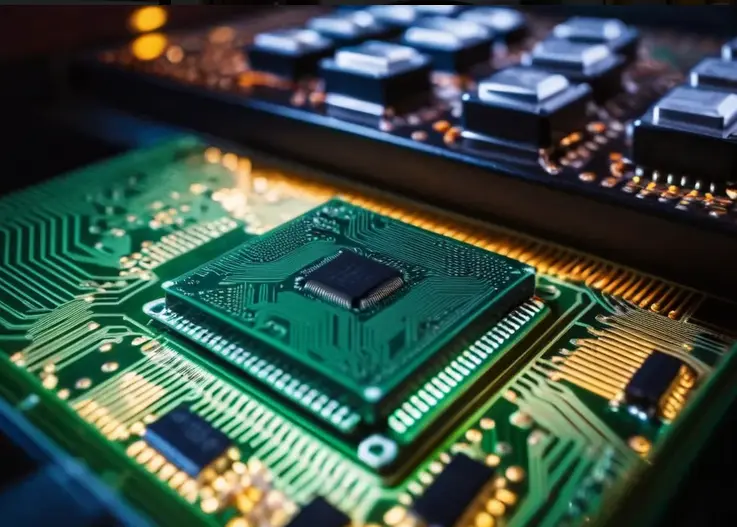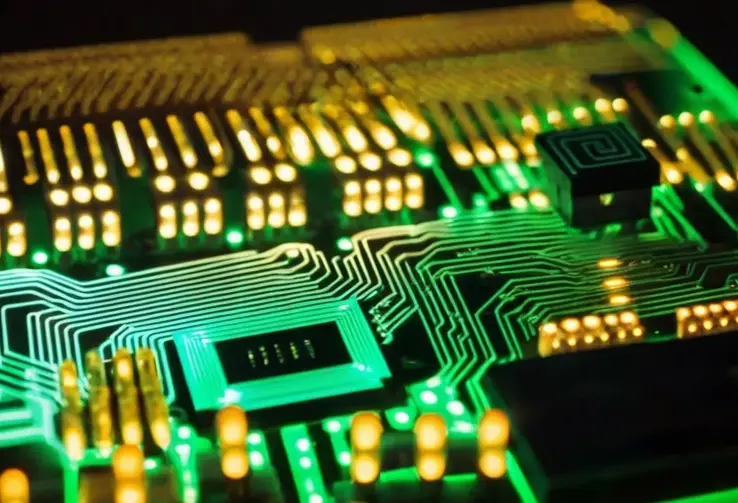Integrated circuits (ICs) and transistors—while both intricate pieces of technology—serve unique purposes. But with such similar names and functions in electronics, just what exactly sets them apart? Let’s unpack what each one is, why they matter, and where they diverge.
Defining Key Terms
First, a quick refresher on terminology. An integrated circuit is a microchip that crams together millions of tiny circuit elements like transistors, resistors, and capacitors to perform complex computations and tasks.
A transistor, in contrast, is a simple three-terminal semiconductor device commonly used for amplifying or switching electrical signals and power.
So in a nutshell, an IC integrates many components, while a transistor focuses on one specialized function. But there’s much more to their differences. Let’s analyze them across several facets.
Size: Scaling From Macro to Micro
Dimension-wise, individual transistors were traditionally larger than even early integrated circuits. Discrete transistors often measured over 10 mm wide in their early days. But transistor sizes rapidly shrunk with semiconductor advances through the 1960s and 70s.
Modern integrated circuits have followed an even more extreme size trajectory. Early ICs housed just a few hundred components in a package nearly an inch across. Relentless manufacturing improvements now let leading-edge ICs cram over 10 billion transistors into a chip smaller than a dime!

Composition: The Ingredients Within
An IC’s many layers manufacture transistors alongside other supporting components simultaneously. Germanium or silicon form the base, with metals like aluminum or copper layered above connecting transistor terminals.
Transistors contain semiconductor materials like silicon or germanium too. But they focus solely on one specialized switching/amplifying component rather than combine many parts. Complexity-wise, ICs are baking an intricate cake while transistors produce individual eggs.
Verdict: ICs take vastly more materials and manufacturing steps to construct their intricate multi-component design.
Pricing: Economy of Scale in Production
The costly equipment and processes for etching microscopic ICs generally make them pricier than individual transistors. $20+ per IC even in mass volumes is common.
But remember—you’re paying for entire complex systems in each multi-million transistor chip! Developers would spend far more separately buying and assembling millions of distinct transistors to match that functionality. Though less advanced alone, individual transistors only cost pennies thanks to mature production techniques.
Verdict: ICs provide better value despite higher costs based on the immense functionality condensed inside. But transistors shine for economical simplicity.
Inside Integrated Circuits: Transistors Abound!

Strikingly, the millions of components crammed into every leading-edge IC primarily consist of transistors! Those miniscule switches form the backbone of processing and memory. So in that sense, ICs don’t fully replace transistors—their incredible density depends deeply on transistors.
Processor titans like Apple now rely on specialized transistor architecture and packaging methods allowing billions on a chip. The fruits? Blazing fast computing powering our modern world!
So while distinct functionally, advancements in ICs and transistors track closely hand-in-hand. Their synergistic relationship forges electronic progress.
Choosing Components for Projects
When embarking on an electronics endeavor, carefully weigh IC versus transistor implementations. Assess whether bountiful built-in tools in integrated circuits serve you best, or if sticking with simpler transistors checks the boxes.
Supplier Considerations
Both components see astronomical manufacturing volumes globally. Seek reputable authorized sellers offering quality guarantees and support. For ICs especially, confirm production provenance given intellectual property and security considerations. Leverage established North American retailers, but consider authorized Asian sources for economical volume pricing.
In closing, integrated circuits and transistors share silicon roots but blossom into unique specialties powering modern electronics from phones to factories. Their interrelationship speeds many key functions—computing, switching, amplifying—that spark technological magic! Understanding the strengths of each guides projects and innovations yet to come.
